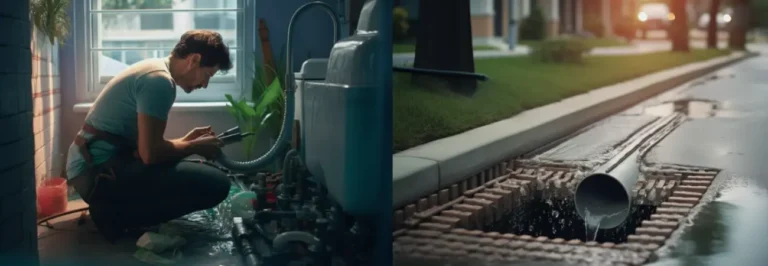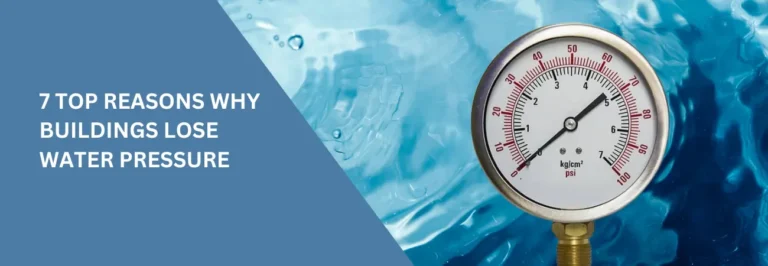9 secret tips to avoid project delays and improve customer satisfaction which every builder must know
1. INSIST ON PRESSURE TESTING OF EACH UNIT: After installation insist on pressure testing of the entire plumbing system as per the manufacturers recommendation before back-filling of pipes inside the walls. In case of drainage system, insist on doing leakage test. This will avoid the very expensive and time consuming walls and floor breakage later…










